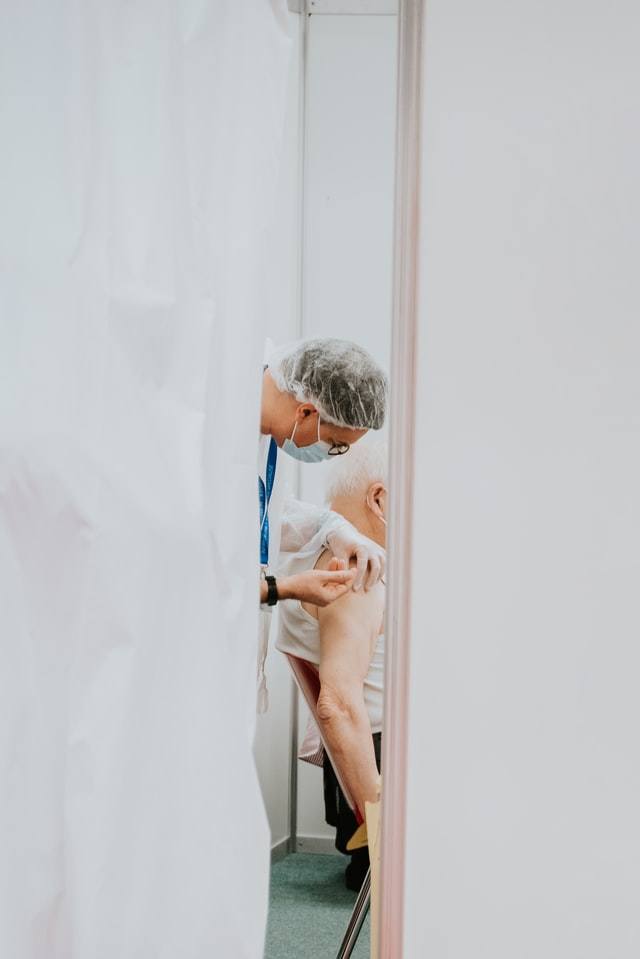
Covid-19 is a rare instance of a sharp one-time change in medical needs. Within a couple of weeks of the world becoming aware of this new disease, vaccines, treatments, and diagnostics were desperately needed. How did the supply of innovation respond to this new need?
The story of the Covid-19 vaccines is well known. Before the Covid-19 pandemic, the fastest a vaccine had ever been developed was four years (for mumps); and no vaccine yet existed for deadly pathogens identified decades ago, such as those causing malaria or Ebola. By the end of 2020, however, multiple Covid-19 vaccines had been proven to be highly effective.
Beyond this unprecedented success lies a massive R&D effort. In April 2020, roughly as many new clinical trials were started for Covid-19 products as for all other diseases combined. By the end of 2020, more than 200 Covid-19 vaccine candidates at various stages of development were listed in the World Health Organization Covid-19 vaccine landscape.
We have attempted to make sense of how special the Covid-19 response has been. Comparing R&D effort across diseases, we find that R&D effort increases by roughly one-half as the market size for a disease doubles—a pattern we dub “the Law of Diminishing Effort.” Based on this historical relationship, we would have expected—for instance—that if the market size for Covid-19 is roughly three times as large as that of coronary heart disease, the number of trials directed toward Covid-19 would be only 1.5 times larger than the number of trials directed toward coronary heart disease. Instead, we find that the levels of Covid-19 R&D were 7 to 20 times larger than expected under a variety of plausible assumptions for the Covid-19 market size. Thus, Covid-19 has been a major exception to the Law of Diminishing Effort.
Where did the large Covid-19 R&D response come from? Our research highlights that public institutions, including universities and hospitals, were a key driver of the Covid-19 R&D effort, accounting for 70% of Covid-19 trials. Indeed, one of the first treatments found to reduce Covid-19 mortality, dexamethasone, was proved to be effective in a clinical trial sponsored by the National Institute for Health Research, a UK government agency. Moreover, early-stage incentives provided by governments appear to have been effective. For instance, we observe that Covid-19 vaccine candidates from US companies were developed faster than those from European companies, possibly due to Operation Warp Speed.
One might have expected that the focus on Covid-19 in biomedical research might have led to a reduction in research effort directed toward other diseases. However, our research highlights that there has been only limited crowding-out of R&D for other diseases. Comparing 2020 with 2019, non-Covid-19 trials were down by less than 2%. Instead, the aggregate R&D effort went up: the total number of clinical trials started worldwide in 2020 was nearly 40% higher than in 2019.
The Covid-19 R&D response raises the possibility that global pharmaceutical innovation in the future could be scaled up significantly. However, while economists are naturally in favor of market size as a driving force for innovation, scaling up innovation may require a broader perspective on the drivers of innovation—including early-stage incentives, non-monetary incentives, and public institutions.
© Ruchir Agarwal and Patrick Gaule
Ruchir Agarwal is an economist at the International Monetary Fund, USA.
Patrick Gaule is a senior lecturer in economics at the University of Bath, UK, and a Research Affiliate of the IZA.
Find more IZA World of Labor coronavirus content on our curated topics pages: National responses to Covid-19 and Covid-19—Pandemics and the labor market.
Please note:
We recognize that IZA World of Labor articles may prompt discussion and possibly controversy. Opinion pieces, such as the one above, capture ideas and debates concisely, and anchor them with real-world examples. Opinions stated here do not necessarily reflect those of the IZA.